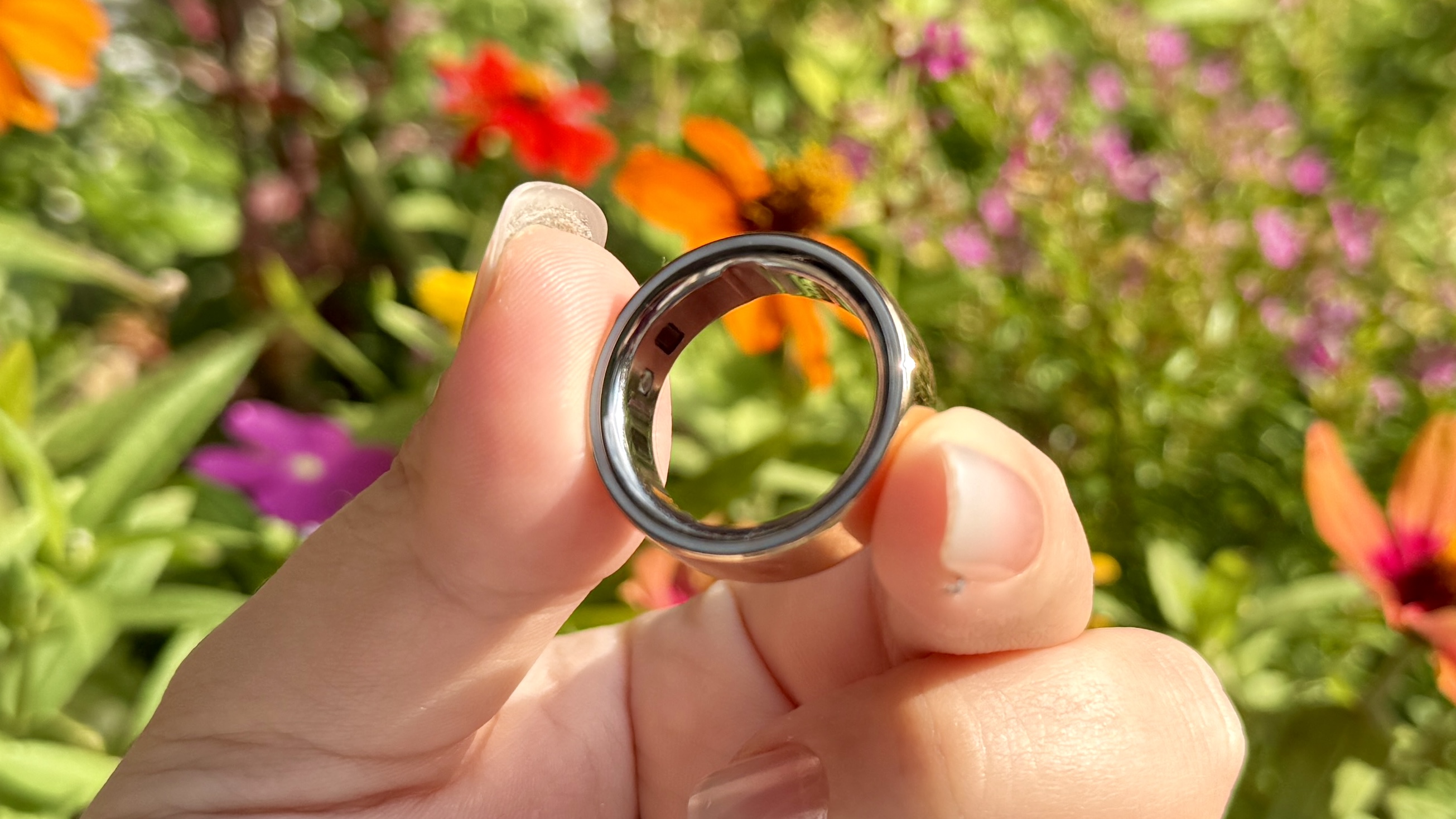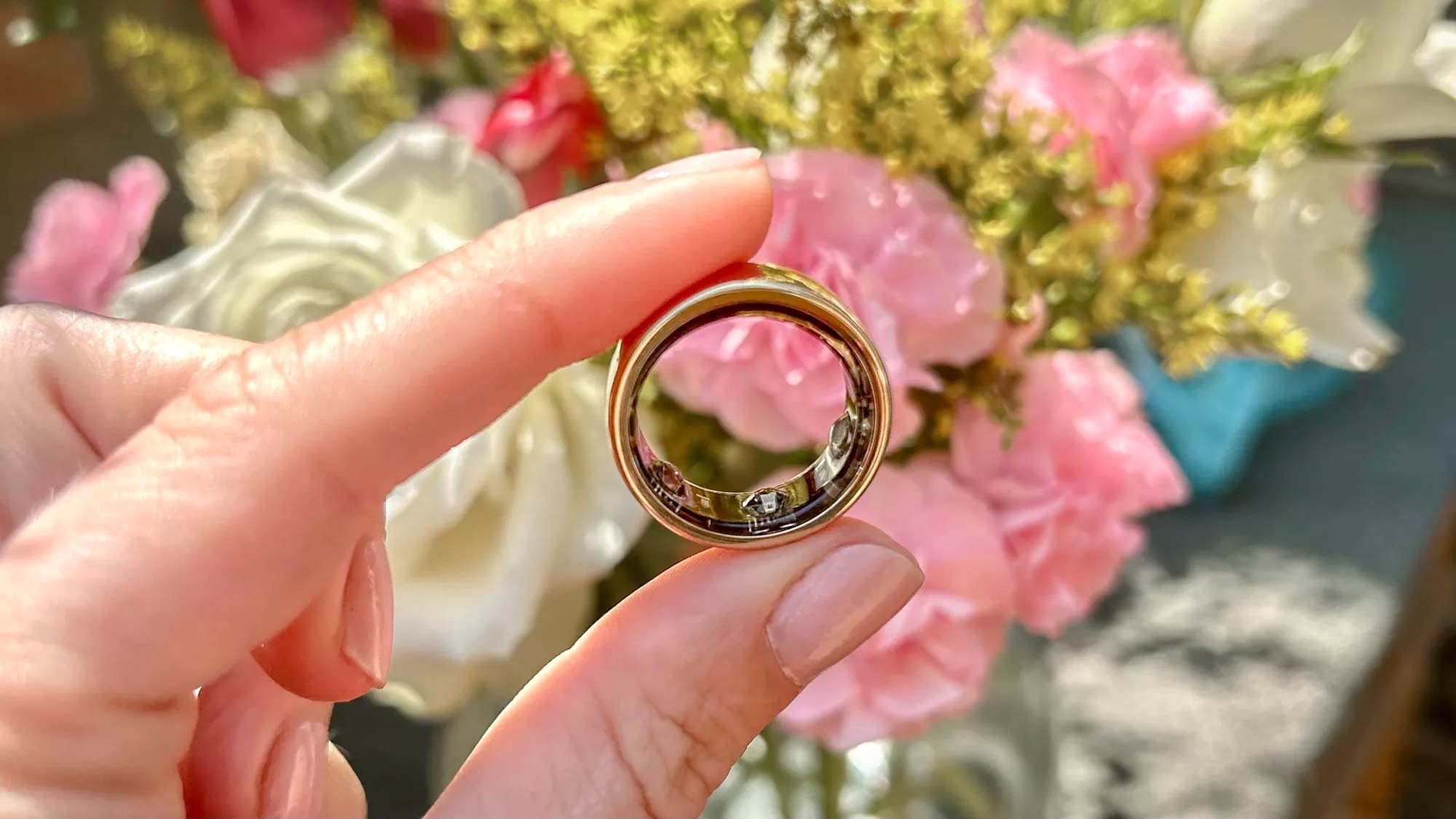Here’s why my Oura ring is the one subscription I won’t cancel
Everything is getting more expensive, but this is one subscription I’m keeping

I’m not a fan of subscriptions — I’ll forget to cancel them, and end up spending money each month on apps and streaming services I never use. That said, as everything gets more expensive, one thing I won’t cancel is my Oura ring subscription.
Read on to find out why.
How much is an Oura subscription, and do you need it?
There’s no way around it — the Oura ring is an expensive investment. You’ll end up paying around $300-$400 for the ring itself and an extra $5.99/£5.99 per month for the subscription, or "membership" as Oura likes to call it.
You can pay for the entire year in advance, which is slightly cheaper at $69.99/£69.99.
If you don’t pay for the subscription, you’ll still be able to use your ring, but with limited functionality. You’ll see three daily Oura scores, your ring’s battery life, and basic profile information, but you won’t get detailed sleep tracking, heart rate monitoring, advanced temperature monitoring, and all the other tracking features.
Here’s why my Oura membership is one subscription I won’t cancel
I’ve been wearing my Oura ring for two years, and here’s why it’s a subscription I wouldn’t cancel:
It gives more accurate health data than my smartwatches
Sure, you can wear the Oura ring as a fitness tracker, but I wouldn’t say this is the ring’s main selling point. Like most of the best smart rings on the market, the Oura ring is more of a health tracking tool — it’ll tell you how well you’ve slept, how ready you are for your next workout, and how much stress your body has been under throughout the day.
Sign up to get the BEST of Tom's Guide direct to your inbox.
Get instant access to breaking news, the hottest reviews, great deals and helpful tips.
Unlike some of the best smartwatches on the market, you’ll probably only need to charge your ring once a week, rather than daily (best Apple Watches, I’m looking at you). This helps the ring build up more accurate data, as it’s not sitting on charge overnight; it’s on your finger.
As a fitness editor, I’ve compared the sleep tracking data of my Oura ring to my Apple Watch and my step count data, and from a health perspective, the ring comes out on top. While I’ve had issues with its step counting accuracy, and I wouldn’t reach for the Oura ring if I were training for a marathon and looking for ways to get faster, it’s the one fitness tracker I’d refuse to part with, as it tells me more about my overall health than any of my other trackers.
I like how the data is presented
I spend my days writing about health and fitness, but I’m not a scientist, and I don’t want to have to decode data first thing in the morning.
I’ve always appreciated how Oura breaks down my stats and positions them to me in a way that’s easy to understand, even on four hours' sleep with a newborn. It’s one way Oura stands out compared to some of the other smart rings on the market — for example, when testing the Ultrahuman ring, I found the app too detailed, and often got lost in the metrics. Read more in my Oura vs Ultrahuman face-off.
As well as daily scores for readiness, sleep, and activity, you’ll be given written details on why you’ve been given this number and tips on how to improve it. I don’t often spend time confirming activities or adding tags, but I do spend five minutes looking at the app every single morning.

It tells me what’s going on in my body, before I realize
My Oura ring knew I was pregnant before I did, and has frequently detected illnesses before they arise.
My ring told me there were major signs of strain on my body during a recent bout of mastitis, which elevated my body temperature and resting heart rate — I was able to show my doctor this data, and get antibiotics to help my symptoms.
The ring is great at alerting you to any health patterns it notices, too. Pre-baby, I’d get a ‘Pay Attention’ message after drinking a few glasses of wine the night before, helping me realize how much alcohol would affect my sleep.
I’d also know if my body temperature was slightly elevated, I might be getting run down, and to ease off my training for a few days, and let my body recover.
I use it to track my menstrual cycle
The Oura ring uses a skin temperature sensor to take a body temperature reading while you sleep, meaning you don’t need to take a basal body temperature reading in the morning — something I was never organized enough to remember to do.
Typically, your body temperature is cooler during the first half of your cycle, when your estrogen levels are high. Your body temperature rises in the second half of your cycle, around the time you ovulate, when your progesterone levels are high. Your temperature will then decrease again at the start of your period when your hormone levels drop.
You can also sync the ring with the period tracking app, Natural Cycles. Read more about how the Oura ring tracks your menstrual cycle here.
More from Tom's Guide

Jane McGuire is Tom's Guide's Fitness editor, which means she looks after everything fitness related - from running gear to yoga mats. An avid runner, Jane has tested and reviewed fitness products for the past five years, so knows what to look for when finding a good running watch or a pair of shorts with pockets big enough for your smartphone. When she's not pounding the pavements, you'll find Jane striding round the Surrey Hills, taking far too many photos of her puppy.
You must confirm your public display name before commenting
Please logout and then login again, you will then be prompted to enter your display name.
